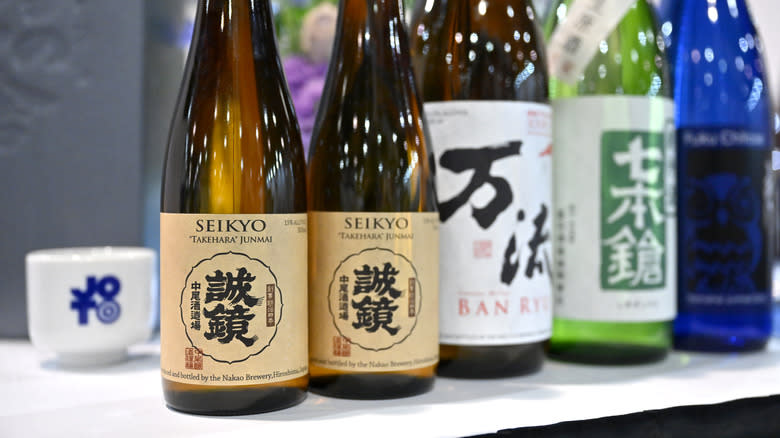How Long Does Sake Stay Good After It's Been Opened?

Like all alcoholic beverages, sake will start to oxidize once the bottle has been opened. Oxidation is the catch-all term for a number of chemical processes that affect the flavor of the drink. You don't really need to know every detail about oxidation to know how to avoid it, though. What's important is knowing that a timer starts ticking the moment you open the bottle, and the quality of the sake will slowly degrade. It won't happen immediately, but sake does eventually go bad.
You'll notice a change in flavor after three or four days if you keep the cap on the bottle and store it in the fridge. If you want to drink your sake at its best, finish the bottle before this period is over. That said, if you're storing it properly, it will still be safe to drink for a week or two after opening it. Although they wouldn't like to admit it, it's a safe bet that many restaurants serve bottles of sake that have been open for at least this long. After a couple of weeks, the sake's flavor won't be very good, and you'll probably be more eager to dump it down the drain than pour it into a glass.
Read more: 13 Liquors Your Home Bar Should Have
Storing Opened Sake Bottles

Different kinds of sake require different storage conditions. Unpasteurized sake, known as nama sake, should be refrigerated even before it's been opened, as should the more delicate ginjo and daiginjo sakes. Most other sake types are perfectly fine to be stored at room temperature so long as they aren't in direct sunlight. Once a bottle has been opened, though, all sake needs to be refrigerated regardless of what type it is. Refrigeration slows down the oxidation process, which keeps the sake fresh longer.
If you're not sure if your sake has gone bad, there are some signs that you can look for. Color is a big one. Filtered sake should be clear. When it's gone bad, it will take on a slight yellow tinge. It won't look like orange juice, but the coloration should be noticeable enough. Another way to tell if the sake is past its prime is by smell. Bad sake will smell a little like sour vinegar instead of the fruity, fresh aromas it had when it was first opened. You can use sake that's gone bad for cooking if you like, but it may be better to just toss it at this point.
Read the original article on Tasting Table.


